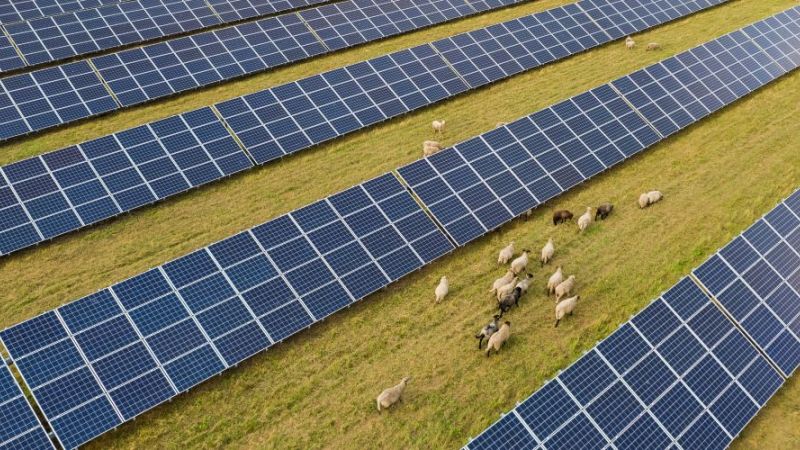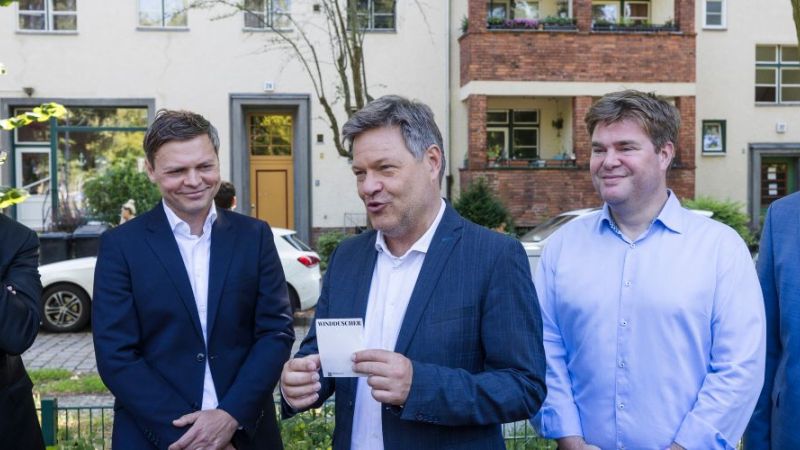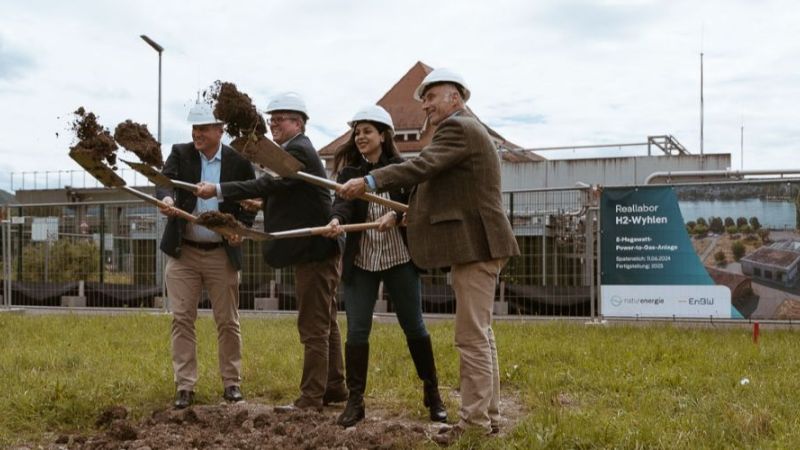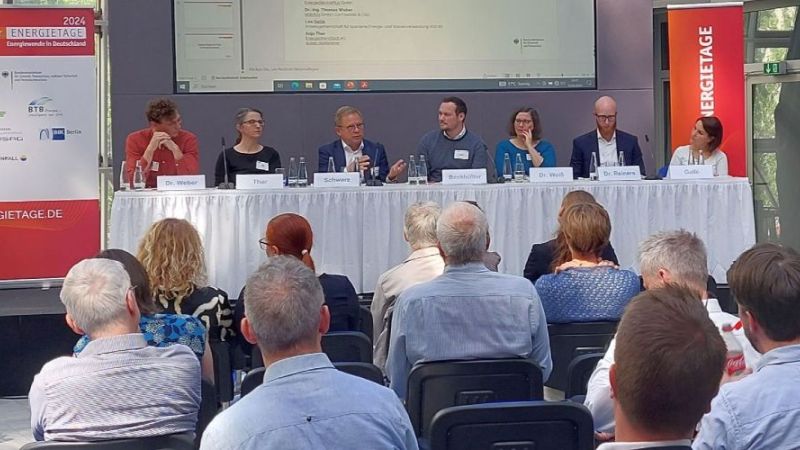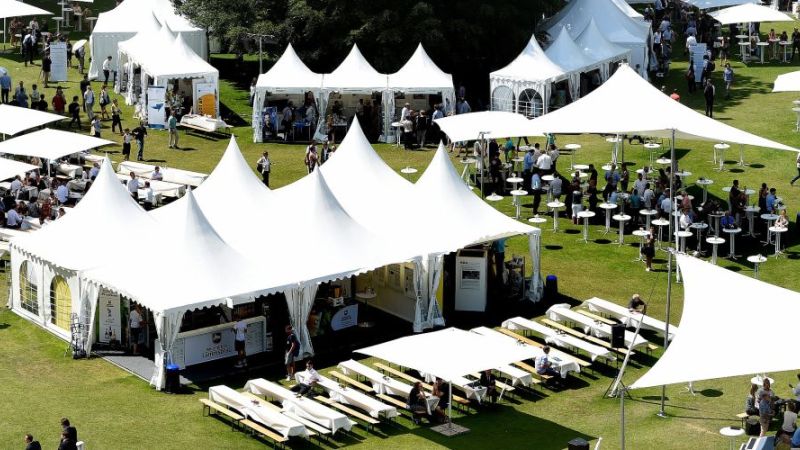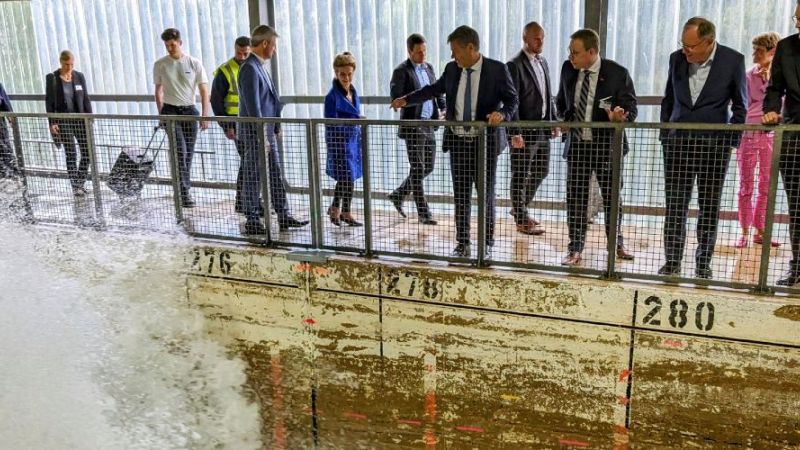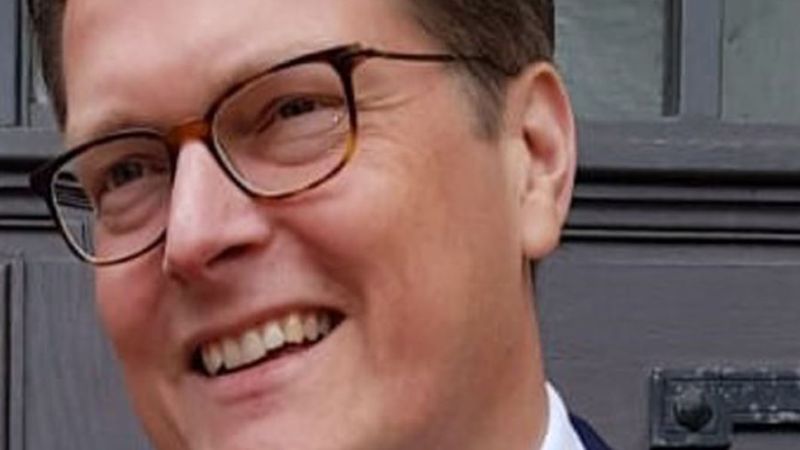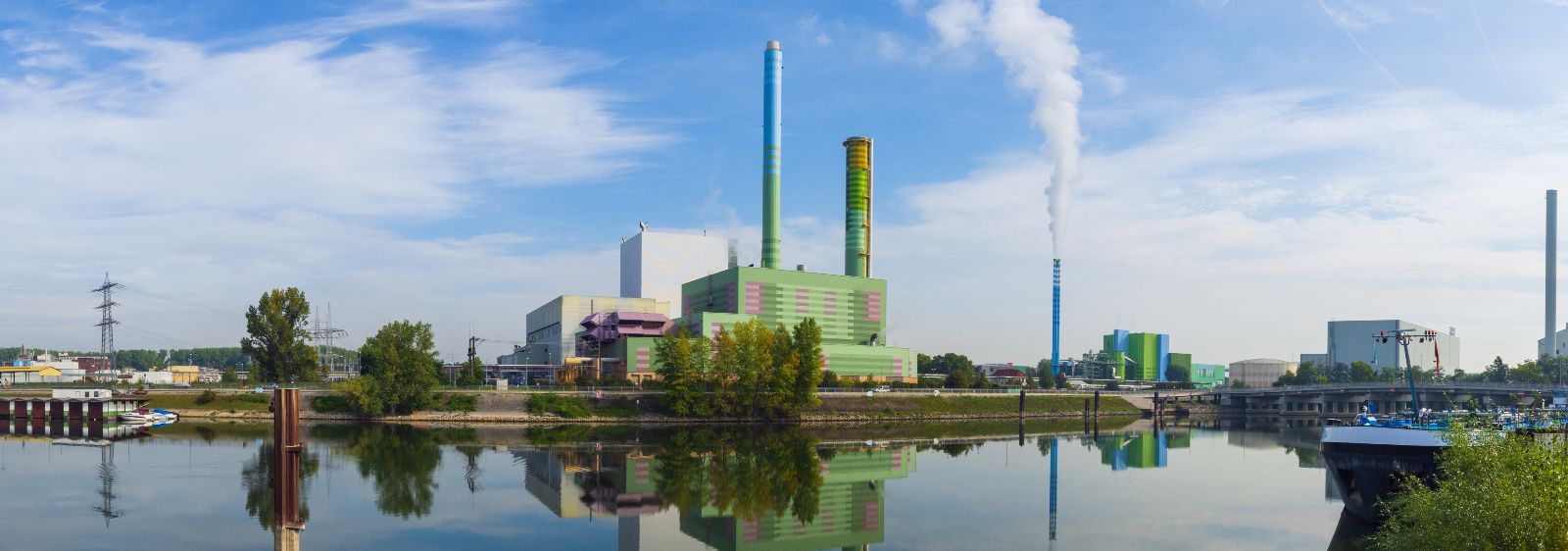 © fotografci – stock.adobe.com
© fotografci – stock.adobe.com
Thermal power plants
The future belongs to high-temperature stable turbine materials
Fabian Jung Mission Electricity Transition 2045
INTERVIEW WITH FABIAN JUNG
Metal turbine blades may eventually become obsolete. Instead, the components could be produced from 3D fibre-reinforced oxide ceramics that are more resistant to corrosion and heat, lighter and less prone to failure. Fabian Jung is researching such high-temperature stable materials at the Institute of Textile Technology (ITA) at RWTH Aachen University. In the interview, the research assistant explains the challenges that have to be overcome in materials development, for example within the 3DOxOxTurbine research project.
Mr Jung, what exactly is RWTH Aachen University researching in 3DOxOx?
In our institute, we are primarily concerned with the development of textiles and braids. 3D braiding creates a product that is, as the name suggests, spatially networked. Until now, only two-dimensional reinforcement structures have been in use. With 3D braiding, however, I can connect the layers and thus introduce additional reinforcement in the Z-direction. Briefly explained: The orientation of 2D fibre reinforcements is in the X-Y plane. A 3D fibre reinforcement, however, has additional reinforcements parallel to the Z-axis. The material then has better mechanical properties. It is more stable and has greater damage tolerance. At ITA, we create a structural-dynamic material model. In addition, we analyse the effects of the slurry on the textile and casting tool in initial preliminary tests.
Are the materials used so far for turbine components not sufficient?
The new turbine materials with high temperature stability enable higher combustion temperatures in the combustion chambers of gas-fired power plants than before - and thus also the use of biogases and syngases, especially hydrogen. 3D fibre-reinforced oxide ceramics have outstanding structural mechanical properties. They enable us to achieve higher efficiencies in the power plant with lower CO2 emissions than with the currently prevalent metallic turbine materials with nickel-based alloys. These cannot withstand the higher temperatures.
Are there already turbine blades made of ceramic materials on the market or are they still in the research phase?
There are hybrids, which are blades with a metallic core onto which a ceramic heat protection layer is sprayed. The use of a pure composite ceramic with 3D braided reinforcement structure is new.
What distinguishes the material produced at ITA?
The 3D braided Al2O3/Al2O3 fibre composite ceramic is characterised by high temperature resistance. It is also oxidation resistant and has a higher damage tolerance due to the 3D fibre reinforcement. Another advantage of the three-dimensional braid is that it can be used to create a very near-net-shape textile. This basically anticipates the shape of the later component, which saves us cutting the reinforcement fabric and minimises any waste. This is an important plus point for expensive high-performance fibres such as aluminium oxide. One kilogramme currently costs around 1,000 euros.
Which turbine parts are the focus of the research project?
To really achieve an increase in performance, we need to look at all the components: from the combustion chamber to the blades. The entire hot area must be made of a highly resistant material. However, the first stationary blades are subjected to the highest mechanical stress. These ensure that the gas generated in the combustion chamber hits the rotating blades of the turbine at the right angle.
What is innovative about the research project?
The innovative thing is that we combine 3D braiding technology with the compression slurry casting process. In this process, in addition to the classic casting process, compression is used to create a drainage, in which the solvent of the slurry is pressed out of the component. The production of fibre-reinforced ceramics has been very time-consuming up to now, as it is done manually. In the 3DOxOxTurbine team, we want to automate production together with our partners from industry. We would like to be able to produce ceramic fibre composite parts reproducibly and in higher quantities for the first time - and at the same time produce a material that has a higher damage tolerance compared to 2D reinforced composites.
The interview was conducted by Ilse Trautwein, science journalist at Project Management Jülich.

